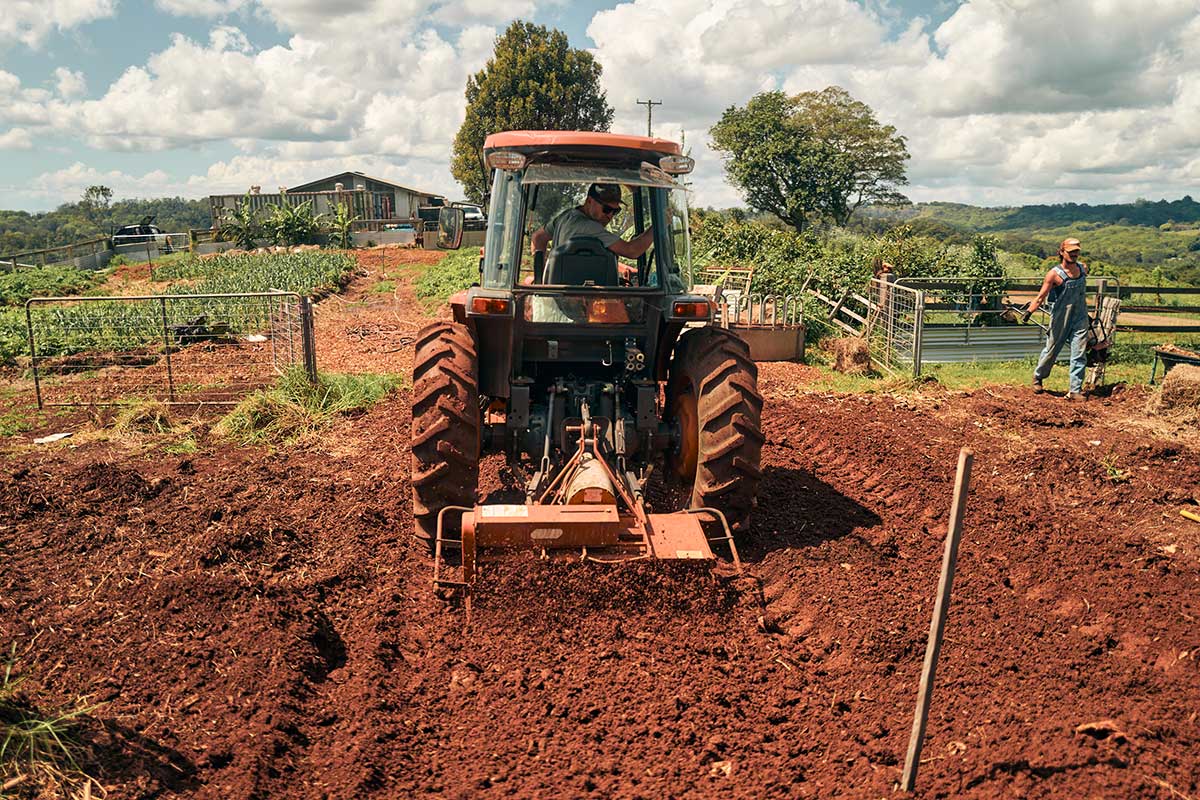
Regenerative farming has gained significant traction across Australia as a forward-thinking approach to agriculture – aiming to restore and enhance the health of ecosystems while producing high-quality food. It’s the ethos and system that we follow at Cromwell Farms because unlike conventional farming methods, which often deplete the soil and require chemical inputs, regenerative farming focuses on:
- revitalising the land
- increasing biodiversity
- and improving the resilience of agricultural systems.
This holistic method is not only a response to the environmental challenges of modern farming but also a proactive strategy to secure the future of Australia’s agricultural landscapes.
Understanding Regenerative Farming
At its core, regenerative farming is about working with nature rather than against it. The practice involves a series of techniques and principles designed to restore soil health, sequester carbon, and promote biodiversity. Key practices include crop rotation, cover cropping, reduced tillage, and the integration of livestock into farming systems. By implementing these practices, we can rebuild organic matter in the soil, enhance water retention, and create habitats for beneficial insects and wildlife.
One of the fundamental principles of regenerative farming is the focus on soil health. Healthy soil is the foundation of a productive farm; it holds more water, supports a greater diversity of life, and is less prone to erosion. By avoiding chemical fertilizers and pesticides and instead relying on natural composting, crop diversity, and minimal disturbance, regenerative farmers can maintain and even improve the fertility of their land year after year. The better the soil, the better the quality of what grows in it and therefore, the better our food tastes!
The Rise of Regenerative Farming in Australia
In recent years, there has been a growing movement of farmers like us who are embracing regenerative practices. These pioneers are not only seeing improvements in soil health and biodiversity but are also benefiting economically. By reducing dependency on expensive chemical inputs and improving the resilience of their farms to extreme weather events, regenerative farmers are finding that their operations can be more profitable in the long run.
Success Stories Across the Country
There are numerous success stories of farms like ours that have transitioned to regenerative practices. By using holistic management techniques, these stations have significantly improved pasture health, leading to better water retention, reduced erosion, and increased cattle productivity.
In New South Wales, a growing number of grain farmers are adopting no-till farming methods, which help to maintain soil structure and reduce the loss of topsoil. These farmers are also incorporating cover crops, which protect the soil from erosion, improve nutrient cycling, and suppress weeds naturally, reducing the need for herbicides.
The Future of Regenerative Farming in Australia
The potential for regenerative farming in Australia is immense. As more farmers adopt these practices, there is a growing body of evidence showing the environmental and economic benefits of regenerative agriculture. Furthermore, consumer demand for sustainably produced food is on the rise, providing an additional incentive for farmers to transition to regenerative methods.
However, the widespread adoption of regenerative farming will require continued education, support, and policy changes. We, as a broader farming community, need Government policies that incentivise sustainable farming practices, such as carbon farming initiatives, which could also play a crucial role in promoting the adoption of regenerative methods.
By focusing on soil health, biodiversity, and the integration of natural processes, regenerative farming offers a sustainable alternative to conventional agriculture. As more Australian farmers embrace these practices, the country is poised to lead the way in creating a more resilient and sustainable agricultural future.